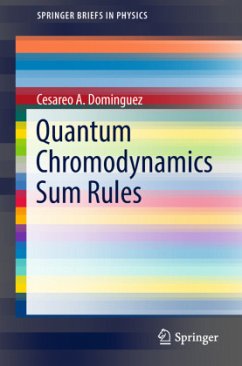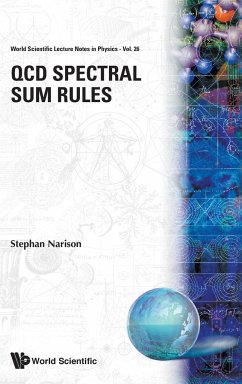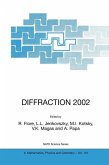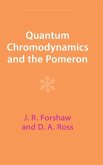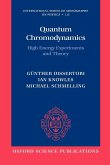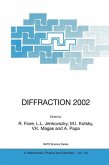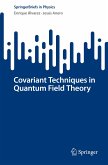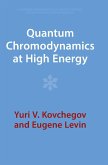This concise book provides the necessary background to allow interested readers to launch original research projects on the subject matter. Currently, this material is not available from one single source, and is either spread out over numerous journal publications, or covered in long and technical monographs.
At the core of this book lies the sum rule approach to obtain analytic results in Quantum Chromodynamics (QCD), the current theory of strong interactions among quarks and gluons. This method fully complements Lattice QCD, the corresponding computational approach based on discretizing QCD on a space-time lattice.
Applications include standard determinations of hadronic particle properties with extensions to finite temperature and density, and possibly involving the presence of extreme magnetic fields. The latter cases include stellar objects (e.g. neutron stars and magnetars) as well as high-energy proton-proton and heavy-ion collisions.
Further topics concern the determination of the fundamental parameters of QCD, e.g. quark masses and the quark-gluon couplings, the hadronic contribution to the anomalous magnetic moment of the muon, and electromagnetic coupling at the the W-boson mass scale.
At the core of this book lies the sum rule approach to obtain analytic results in Quantum Chromodynamics (QCD), the current theory of strong interactions among quarks and gluons. This method fully complements Lattice QCD, the corresponding computational approach based on discretizing QCD on a space-time lattice.
Applications include standard determinations of hadronic particle properties with extensions to finite temperature and density, and possibly involving the presence of extreme magnetic fields. The latter cases include stellar objects (e.g. neutron stars and magnetars) as well as high-energy proton-proton and heavy-ion collisions.
Further topics concern the determination of the fundamental parameters of QCD, e.g. quark masses and the quark-gluon couplings, the hadronic contribution to the anomalous magnetic moment of the muon, and electromagnetic coupling at the the W-boson mass scale.
"This book is intended for readers with good knowledge of quantum field theory and quantum chromodynamics (QCD). It is addressed to readers planning to start research in QCD in the frame work of sum rules. ... The five appendixes describe dressed propagators, correlators and spectral functions. Overall a very useful book for researchers." (T. C. Mohan, zbMATH 1405.81007, 2019)

